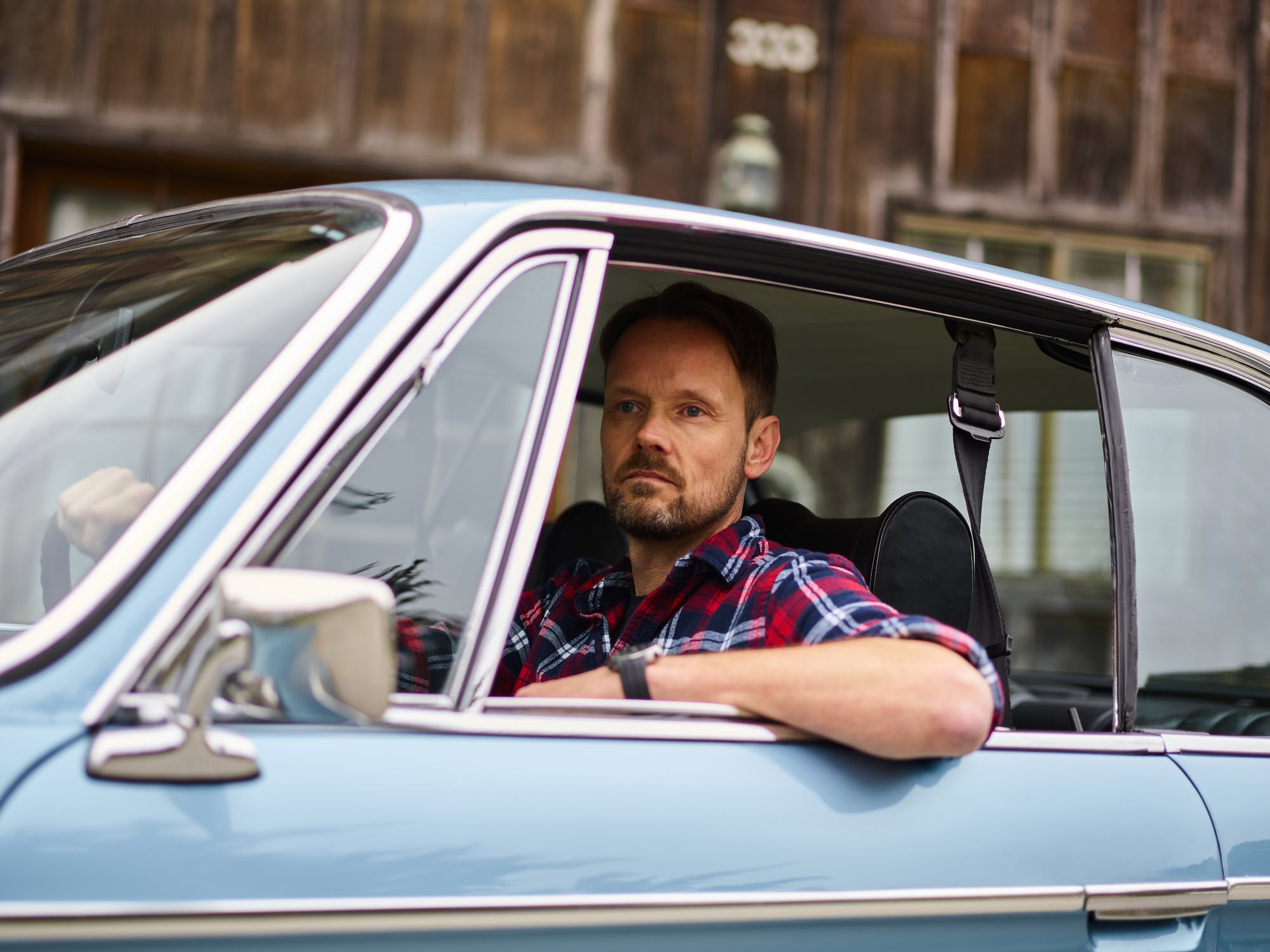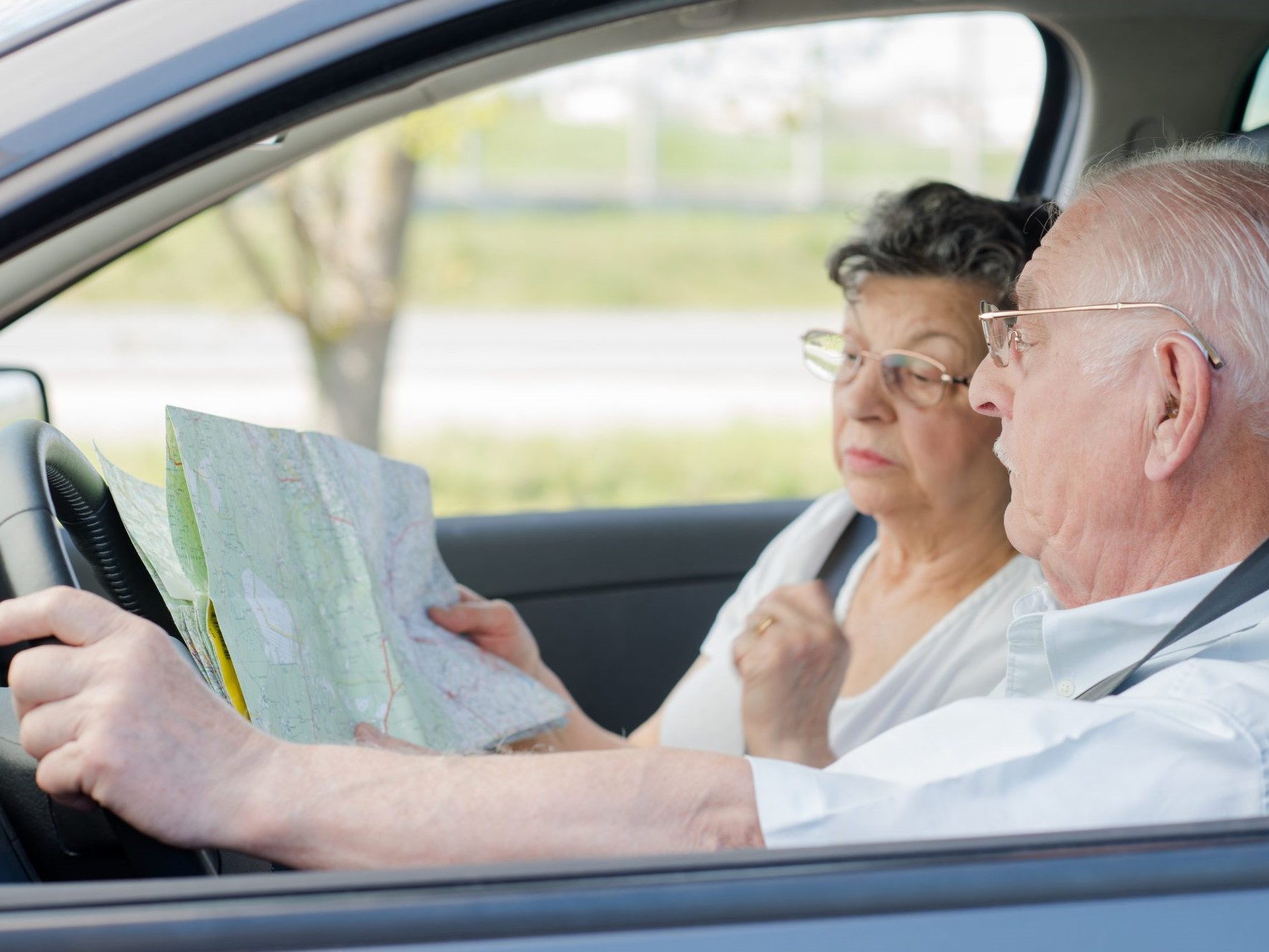Overview
There are different stages of maturity that each human goes through. These maturity stages impact you as a driver as well at certain ages. Its always important to know that you as a driver, always need to show “good judgement when interacting with other road users”. This requires that everyone should seek good self-knowledge and tolerance The following are the 3 phases of maturity

Phase 1: Immature and selfish
People in this age group typically think only about themselves. They behave in a manner that is impulsive, uncertain and insecure.
Phase 2: Rule abiding and never deviate from the rules
These drivers follow the rules exactly to the dot without common sense. They seldom have trouble adapting to real life scenarios when the need arises. When this happens they may revert back to the immature stage and “insist on their right” and might even act out in a dangerous manner
Phase 3: Considerate and mature
These drivers respect the traffic rules, but also have enough knowledge to deal calmly, safely and effectively with unexpected situations.. They will not get angry for minor situations
Should you always follow the traffic rules?
Depends on the situation. Its always recommended to follow the rules but the rules don't cover all scenarios that you might encounter For a category B licence, you must display “good judgement when interacting with other road users.” The following three requirements should be met in order to break or not follow a traffic rule
- It should help the overall traffic situation (for example smoothly reducing a queue using the cogwheel principle).
- Everyone involved in the situation should be informed of what is going on. eg: make eye contact, drive slower if required, show good intentions
- Dont break the rules to help yourself. It should be for the common good of others
Age of a driver and risk level
The following table indicates the risk that certain age groups face when driving.
| Age | Risk of being in an accident |
|---|---|
| 18-19 | 5–6 times greater risk |
| 45–54 | Best reaction times and are involved in the fewest accidents. |
| 65–74 | Have a lot of driving experience and can adjust their driving to their constraints (for example by avoiding driving at night or in heavy traffic). |
| 75+ | 5–6 times greater risk |
Reasons for different behaviours between age groups and gender
Young drivers (Male and Female)
- Lack of maturity – can lead to act impulsively
- Bad role models – can lead to excessive risk taking.
- Poor self-knowledge – can lead to an over or underestimation of onces driving ability.
- Insufficient traffic experience – can lead to stress and poor decisions making in critical situations.
- Poor self-control – can lead to bad decisions due to anger.
- Unrealistic concept of reality - can lead to taking unnessesary risks
Young male
- Overestimate their own driving skills and reaction abilities
- They have lots of self-confidence without the necessary experience
- More common in men that had their drivers license only 1+ years

Young Female
- Underestimate their own driving skills and reaction abilities
- Tend to make stupid mistakes, usually in parking lots where they multi-task (Eg: Do makeup and eyelashes whilst reversing the car at the same time)
Accident prone drivers
Some people are just more prone to make accidents. It could be that the don't focus or have a hard time understanding common situations. These people make up around 15% of the population but they are responsible for 50% of all the accidents.
- Are impulsive, taking chances without considering the repercussions.
- Explain away everything, which means that they never learn from their mistakes.
- Are arrogant and easily offended when someone bypasses them,
- When others make errors, they become angry and respond in dangerous ways
- In ordinary life, they are quiet and keep a low profile, but behind the wheel, they are the polar opposite (this is called reaction formation)
- They do not perceive obviously dangerous situations as risky, or simply ignores the risk
Older drivers 75+
Older drivers usually cant take in a lot of information at the same time. They tend to be safe on country roads where there is not a lot happening. Older people tend to be involved in accidents at junctions in the city or congested road situations where they need to focus on many different signals. Drivers over the age of 75 are also more likely than other age groups to fail to stop at red lights and fail to indicate before turning.

